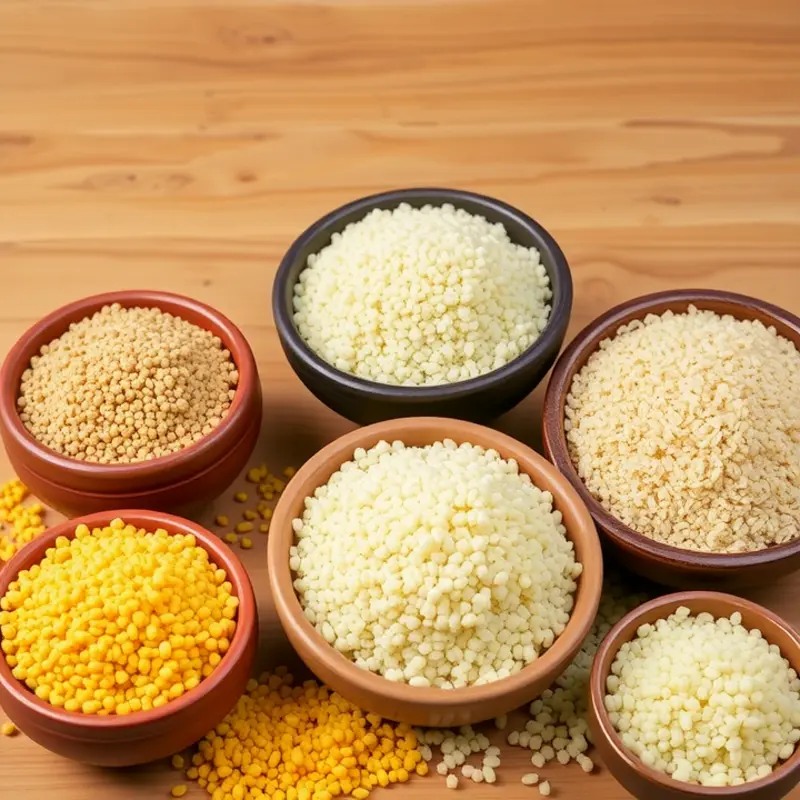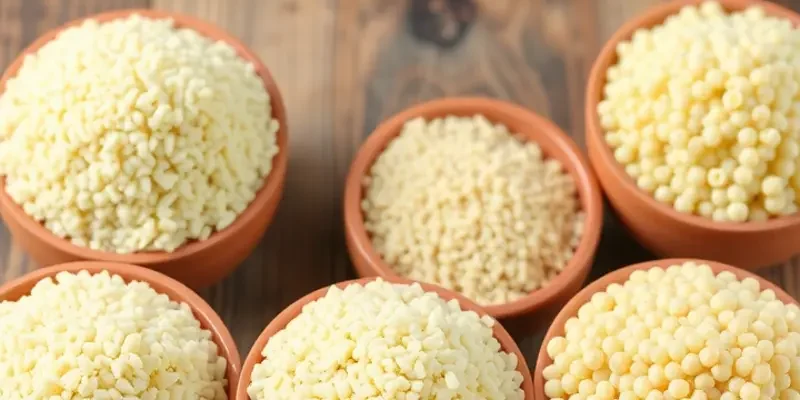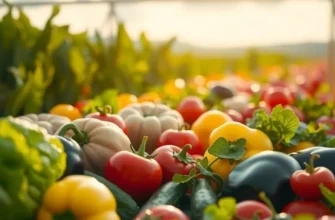Fluffy couscous is a delightful dish that serves as a versatile side or base for countless recipes. Achieving that perfect light, airy texture might seem daunting, but with a few clear methods, any home cook can create fluffy couscous with ease. Whether you’re a beginner or a seasoned chef, these straightforward tips will elevate your cooking skills and lead to consistently delicious couscous every time.
Choosing the Right Couscous

The journey to perfectly fluffy couscous begins with selecting the right variety. There are several types to consider, each bringing distinct characteristics to the table. Understanding these options will help you tailor the couscous to your dish’s texture and flavor goals.
Traditional couscous, the most common variety, is known for its fine granules. It is quick to cook and has a neutral flavor that complements various dishes. To achieve fluffiness with traditional couscous, proper steaming or soaking techniques must be applied. This type absorbs liquids effectively, allowing it to expand and achieve a soft, airy texture when done right.
Whole wheat couscous offers a slightly nuttier flavor and denser texture. The high fiber content also makes it a more nutritious option. Though it might not expand as much as traditional couscous, the fluffiness can be enhanced by ensuring the grains are well separated during cooking. By gently fluffing it with a fork during the steaming process, you can prevent clumping and encourage each grain to be distinct and plump.
Pearl couscous, sometimes known as Israeli couscous, is vastly different from the smaller grain types. With its larger, round granules, it offers a chewy texture similar to pasta. While traditional and whole wheat couscous rely on soaking, pearl couscous is typically simmered in water or broth. The higher cooking time allows the pearls to become tender while still maintaining a slight chewiness. To enhance fluffiness, drain the couscous thoroughly after cooking and toss it with a bit of olive oil to prevent the pearls from sticking together.
The choice of couscous also depends on the dish you plan to prepare. Traditional couscous pairs well with stews and tagines, allowing for easy absorption of rich flavors. Whole wheat couscous complements salads and dishes where a firmer texture is desired, while pearl couscous is ideal for creating visually appealing grain bowls. Consider the nutritional benefits and cooking techniques when deciding which type works best for your culinary creation.
By selecting the right type of couscous, you set the stage for success. Whether you’re aiming for something light and fluffy or dense and chewy, understanding the nuances of each variety ensures that your couscous dish will be the perfect fit for any meal you intend to create. The right choice of couscous enhances your food’s texture and flavor, making it a memorable experience for you and your guests.
Perfect Cooking Techniques

Mastering the cooking process for couscous is an exercise in precision and a touch of artistry. Achieving fluffy couscous relies on balancing water-to-couscous ratios, timing, and a gentle fluffing at the end. Let’s dive into these techniques, ensuring your couscous emerges perfectly light every time.
The water-to-couscous ratio is your foundational step. A standard ratio is often 1:1.5, meaning 1 cup of couscous to 1.5 cups of water. This can vary slightly depending on the type of couscous, so consulting the package instructions is advisable. For an extra layer of flavor, consider substituting part of the water with broth or adding spices to the liquid.
Timing is the next essential factor. Once the liquid reaches a rolling boil, remove it from heat and add the couscous. Quickly cover the pot, trapping the steam inside. Allow the couscous to sit undisturbed for 5 to 10 minutes. This resting phase is crucial. The steam needs to evenly hydrate the granules, allowing each to swell perfectly without clumping.
Preventing clumping is itself an art. After the resting period, it’s time to fluff. Using a fork, gently separate the grains by running it through the couscous, much like you would fluff rice. This helps air out the couscous, preventing it from becoming dense.
Incorporating simple techniques can further enhance your couscous’s texture. A drizzle of olive oil before or after cooking can impart a subtle richness while also aiding in separation. Likewise, incorporating a little steam while fluffing can be beneficial. Just place the couscous in a bowl over simmering water for a few moments, allowing steam to circulate through it gently.
Too often, with minor tweaks, the humble cousin of pasta can transition from a side dish to a standout feature. For those interested in minimizing prep while still achieving gourmet results, incorporating these techniques into your regular kitchen practice can be transformative. Minimal Prep Dinner Ideas can offer additional inspiration.
The beauty of mastering couscous lies in the delicate balance of simplicity and technique. Understand these core principles, and you’ll find couscous consistently rewarding. This modest grain’s adaptability will surprise you at how much it can enhance your culinary repertoire.
Final words
With the right techniques and a focus on quality ingredients, anyone can create light and fluffy couscous that makes a fantastic addition to any meal. Remember to choose the right type of couscous, maintain the correct water ratio, and don’t forget the fluffing! As you practice these methods, your confidence in the kitchen will grow. Enjoy experimenting with flavors and variations, from adding herbs to incorporating vegetables, making this simple dish into an exciting culinary adventure. Happy cooking!







